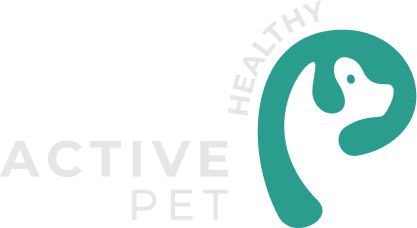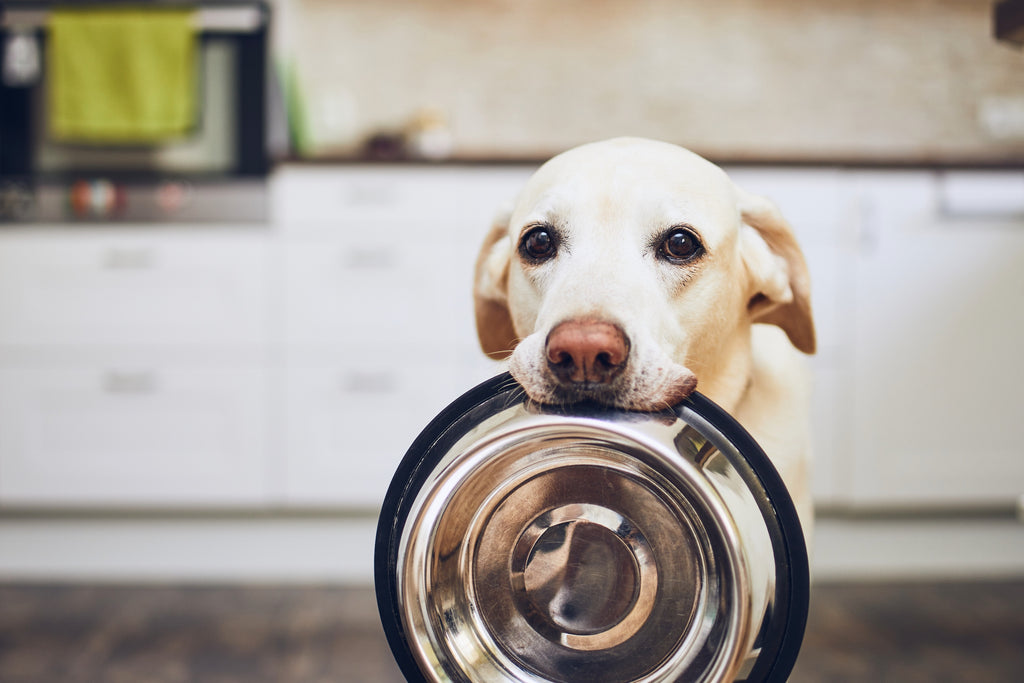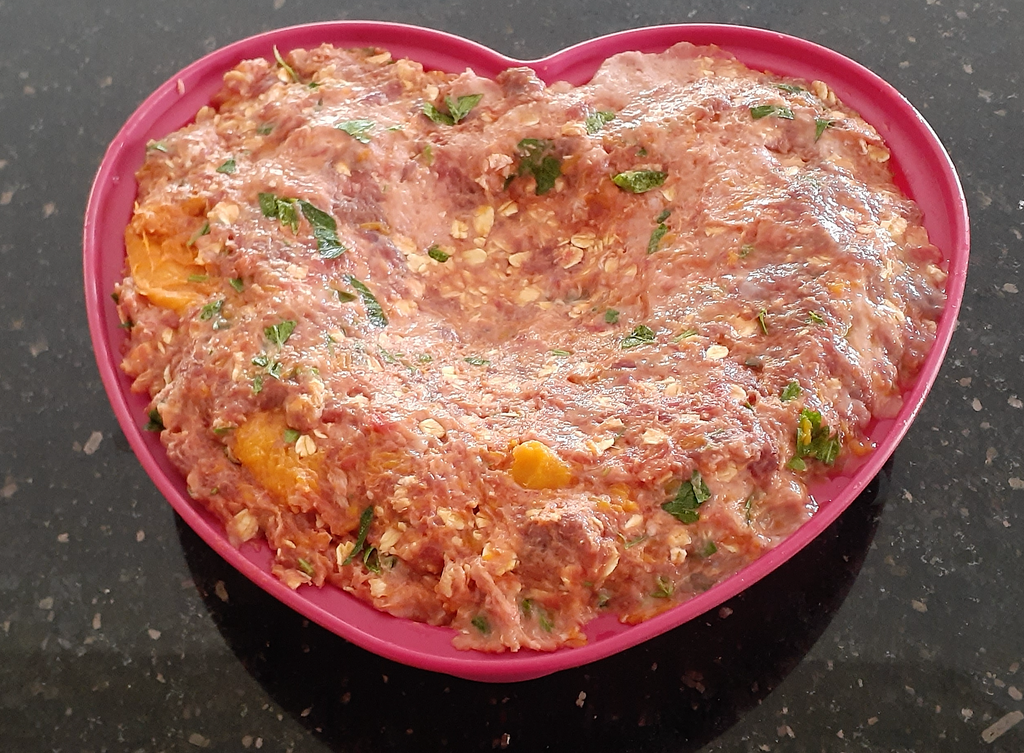
What can I do to help my dog if they are overweight
As time has passed and our dogs have gradually gotten heavier, it’s understandable that we may have lost sight of what a healthy weight really looks like.

According to a 2018 survey from the Association for Pet Obesity Prevention in the US, 55 8% of dogs are classified as overweight or obese.
While a similar study hasn’t been in Australia for over 15 years, it’s thought that rates in Australia are comparable and increasing.
The last time this survey was done in Australia (in 2005) the results showed 40% of dogs were overweight or obese, which is an enormous and worrying jump.
Equally as concerning, it’s thought that 90% of pet owners don’t realise their pet is overweight! (If you and your pet need help then check out our pet 4 week programs)

What's the impact if your dog is overweight?
So, what’s a few extra pounds? Well, it could mean the difference between a long, happy and pain-free life, or one coloured by disease and shortened by obesity.
The impact of additional weight or obesity on our dogs can include
an increased risk of skin conditions, chronic inflammation, arthritis, orthopaedic issues, kidney disease, cancer, diabetes, heart disease, colitis and other digestive problems, urinary issues, liver disease, pancreatic inflammation, an increased risk of complications during surgery (which is more likely to be required) and, ultimately, a reduced life expectancy .
Cross reference this list with the top ten reasons for vet visits in dogs in 2018 (in the USA), and a clear pattern emerges:
- 26% saw a vet for stomach issues,
- 17% for skin conditions,
- 14% for pain,
- 10% for ear infections,
- 7.7% for eye conditions,
- 5.8% for a growth or lump,
- 5% for cancer,
- 4.8% for cruciate ligament or ACL,
- 4.8% for a UTI and
- 4.5% for a heart condition
So what can you do if your dog is overweight?
The answer is LOTS!
At Healthy Active Pet our team of Pet Nutritionists have created 4 week meal plan and recipe programs to follow as well as weight management freeze dried dog food - which can be used together or on their own.

We take a balanced approach to nutrition so that it can fit into your life as well as getting your dog be in their best health (you can see our freeze dried dog food here)
Below we have also summarised out top 10 tips to help your dog lose weight and keep it off .
1. Ditch the heavily processed, carbohydrate dense dog food
2. Start your dog on a fresh, species appropriate diet (check out our meal plans and recipes)
3. Stop obsessing over restricting calories and focus on nourishing your dog
4. Exercise with your dog daily
5. Make sure your dog is hydrated
6. Quit the ultra-processed treats and make simple, healthy swaps (check out our freeze dried turkey treats)

7. Become a planner and incorporate your dog’s food prep into your family’s routine
8. Keep healthy, easy options in the pantry for when life inevitably gets busy (such as our freeze dried dog food)
9. Monitor your dog’s body condition score regularly to track their progress (check this out here)
10. View this as an investment in your dog’s health that will extend your life together
And check out our 4 week dog challenge that encompasses all of the above and will put your dog on the right track
Shop our products
You can see our raw freeze dry foods here
Or you can get full access to our 4 week meal plan programs and raw food recipes here
How much food does your dog need
It can be super confusing working out how much your pup should have and there is no 100% correct answer as each animal is different.
The Healthy Active Pet recipes are all formulated to a similar calorie density, ranging from 850 – 1100 calories per kilogram, with an average around 950 calories.
P.S All our recipes have been formulated to meet the same standards commercial pet food in Australia is generally formulated to meet (the AAFCO standards)

If you’re used to feeding dry food it can be a little bit confusing to compare calories with fresh food, because they’re really very different . This is largely due to the natural water content in fresh food, meaning that it has a lower calorie density, but you feed more of it.
But water is the most important nutrient we consume, and generally most of it would come from our food, so that’s definitely not a bad thing!
To give you an idea of how they compare, a typical weight management dry food is 270 calories per 100g, whereas these recipes are more like 100 calories per 100g.
The dry food recommends 146g per day for a 10 kilogram dog (a teeny tiny portion!), which works out to be 394 calories.

We would recommend 250-300g per day of fresh food, which is only 250-300 calories. (you can get access to our meal plans and recipes here)
They are getting less calories with fresh food, but a far greater nutritional outcome and as a bonus they stay hydrated.
This means that you can be more generous with portions if you find your dog is still very hungry, and you don’t have to deprive them of the joy that dinner time brings. It’s no wonder dogs that eat real food have less issues with weight management.
There’s even plenty of room for treats!

You can work out your dog’s recommended portions using a calorie calculator (eg . https://petnutritionalliance .org/ dog .php), but we find they often massively overshoot the mark when feeding a fresh diet, and this may actually lead to weight gain.
They tend to be designed for processed foods and sometimes the recommendations are as much as double what we recommend.
This is to do with the fact that protein and fat make up the bulk of a fresh diet, whereas carbohydrates make up most of a processed diet.
Ultimately, how much you need to feed your dog depends on your unique pet, and there is some trial and error involved in working this out initially.
They are just like us and some dogs will naturally have a faster or slower metabolism than average.
Some will be very food motivated and hungry, whereas others are a bit more indifferent to mealtimes.
If your dog does need to lose some weight, then we have our weight management 4 week program and on this we are aiming for slow and steady weight loss, so there’s no need to drastically limit their food.
Because the food is generally far healthier and better suited to canine metabolic needs, it will likely result in fat loss and muscle gain even if you don’t restrict portions at all .


Below is a guide based on what you want your dog’s ideal weight to be . So if your dog weighs 12 kilograms but should be more like 10 kilograms, feed them according to this guide as if they weigh 10 kilograms.

Shop our products

You can see our raw freeze dry foods here
Or you can get full access to our 4 week meal plan programs and raw food recipes here




